Normal Where You Live Quizzes for Ages 5-6
1 results
1 filtered results
Clear all filters1 filtered results
-
From - To
Discover the excitement of exploring your surroundings with our "Normal Where You Live" interactive assessment quiz, specially tailored for children aged 5-6. This engaging quiz offers a fun-filled journey through the places and communities that make up our everyday world. As your child answers questions, they'll receive instant feedback, enhancing both their knowledge and curiosity about where they live. It's an excellent tool for young explorers to learn about their environment in a way that's both informative and captivating. Dive into this adventure and watch your child's understanding of their community grow, all while having a blast!
In today's fast-paced educational environment, finding innovative and engaging tools to help young learners grasp fundamental concepts is crucial. Normal Where You Live for Ages 5-6 is an exceptional resource designed to bolster the learning journey of children in their formative years. Through interactive quizzes that delve into the geography, culture, and uniqueness of their local area, this platform offers an enriching experience that goes beyond traditional learning methods.
At the heart of Normal Where You Live for Ages 5-6 are the interactive quizzes that are meticulously crafted to capture the curiosity of children aged 5 to 6. These assessment quizzes do more than just test knowledge; they are gateways to understanding the world around them. By focusing on the familiar - their immediate environment - children are encouraged to observe, question, and learn about their surroundings in a meaningful way. This approach not only enhances their geographical knowledge but also fosters a sense of belonging and identity, which is crucial in the early stages of personal development.
The quizzes are designed with the cognitive and emotional development of 5 to 6-year-olds in mind. This means that the questions are not just educational but are also presented in a fun and engaging manner. The use of vibrant images, interactive elements, and rewarding feedback mechanisms ensures that children remain engaged and motivated throughout their learning journey. Such a dynamic approach to assessment helps in reinforcing learning in a positive and encouraging environment.
Moreover, Normal Where You Live for Ages 5-6 aids in developing a broad range of skills beyond geographical awareness. As children interact with the quizzes, they enhance their reading and comprehension skills, critical thinking, and problem-solving abilities. The platform also introduces them to new vocabulary related to their locality, promoting language development in a context that is relevant and interesting to them.
Parents and educators play a crucial role in a child's educational journey, and Normal Where You Live for Ages 5-6 recognizes this by providing tools that facilitate involvement. Feedback from the quizzes can be used to identify areas where a child may need further support or encouragement. This enables tailored learning experiences that cater to the individual needs of each child, making education a more personalized and effective process.
Incorporating technology in education through platforms like Normal Where You Live for Ages 5-6 offers numerous benefits. For one, it prepares children for a future where digital literacy is a fundamental skill. Additionally, it provides a safe and controlled environment where young learners can explore and interact with digital content, setting a foundation for responsible and productive use of technology in the future.
In conclusion, Normal Where You Live for Ages 5-6 is more than just an educational tool; it is a companion for young learners as they embark on the exciting journey of discovery about their local environment. Through its interactive quizzes, it nurtures curiosity, supports cognitive development, and instills a sense of place and community in children aged 5 to 6. By making learning fun and relevant, it lays down the building blocks for a lifelong love of learning.
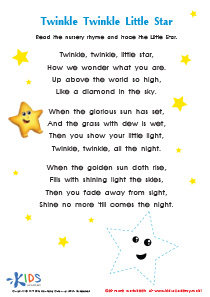
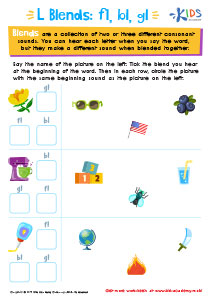
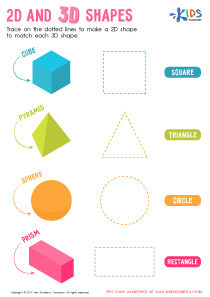
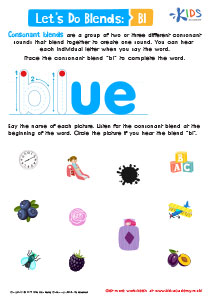
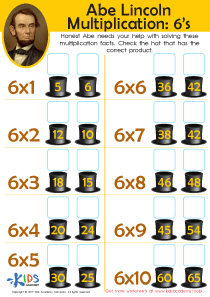
.jpg)

.jpg)



